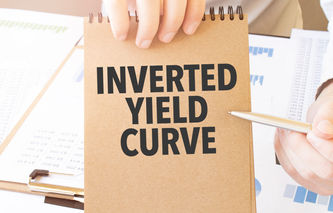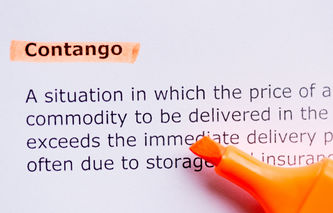Definition
The financial investing term backwardation refers to a market condition where the current price of a futures contract is lower than the anticipated spot price at maturity. Backwardation is considered an unusual market condition; the normal form of this relationship is known as contango.
Explanation
As a futures contract moves closer to the expiry date, the price of the contract will converge to the spot price. If this did not happen, the futures price would be different than the spot price and arbitrage would be possible. Under normal market conditions, the price of a futures contract will decrease over time, and this downward sloping plot is referred to as contango.
Backwardation exists when the price of a futures contract increases as it approaches its expiration date. Investors that hold the contract to maturity (are long in their position) will see the value of their contract increase over time as the future's contract converges to the spot price.
As the illustration below demonstrates, this upward sloping curve indicates a futures contract with a positive basis, and the price of that contract converges to the spot price over time. While the slope and positive basis are not considered "normal," this market condition can exist when the carrying cost of the asset and "convenience yield" are higher than the risk free rate.
Backwardation versus Normal Yield Curve
Backwardation is sometimes confused with a normal yield curve; since both exhibit the same upward sloping line plot. A yield curve is a plot of interest rates for debt of various maturities at a single point in time, while backwardation plots the price of a single futures contract over time.
Example
The following illustration demonstrates a futures contract "in backwardation."




